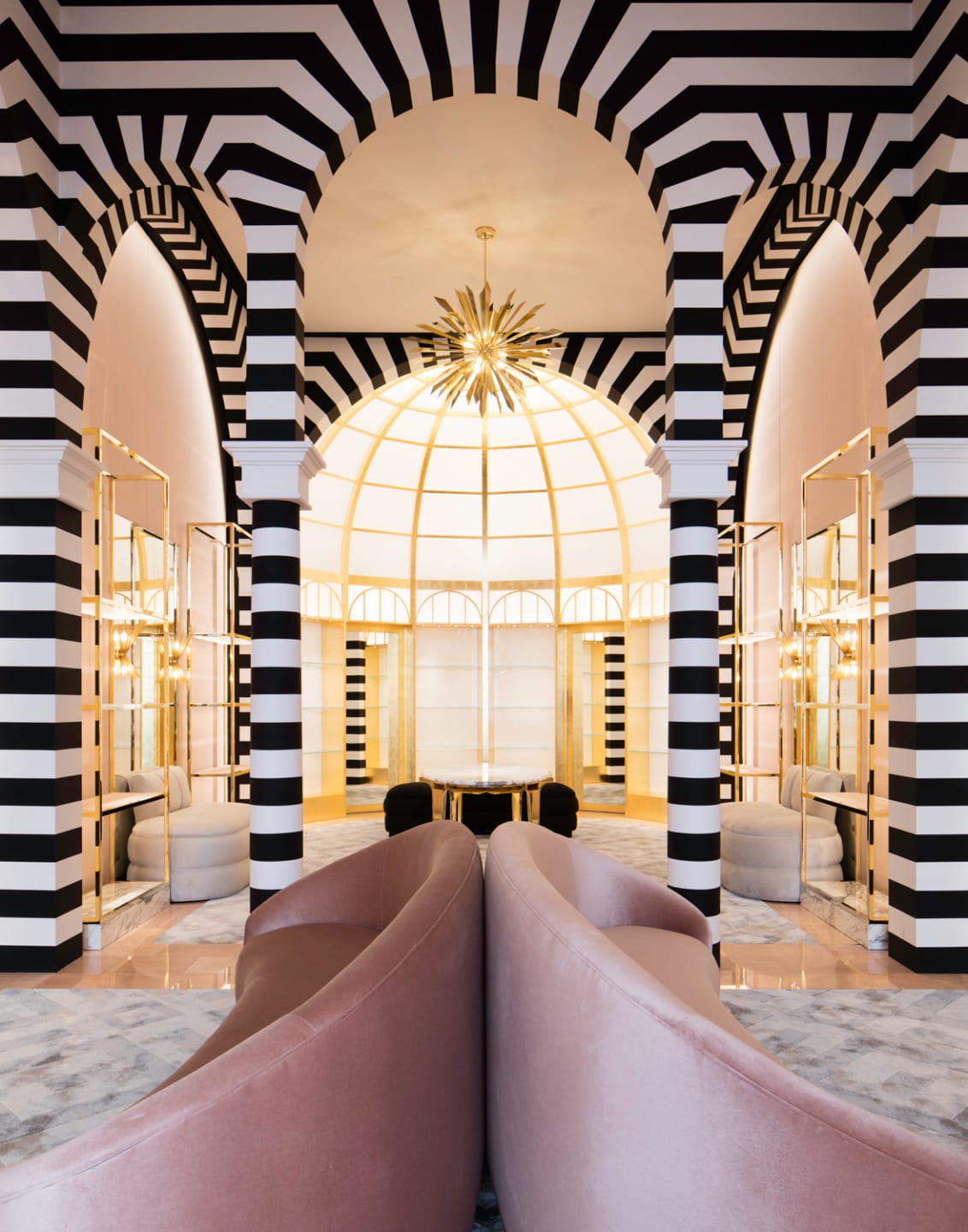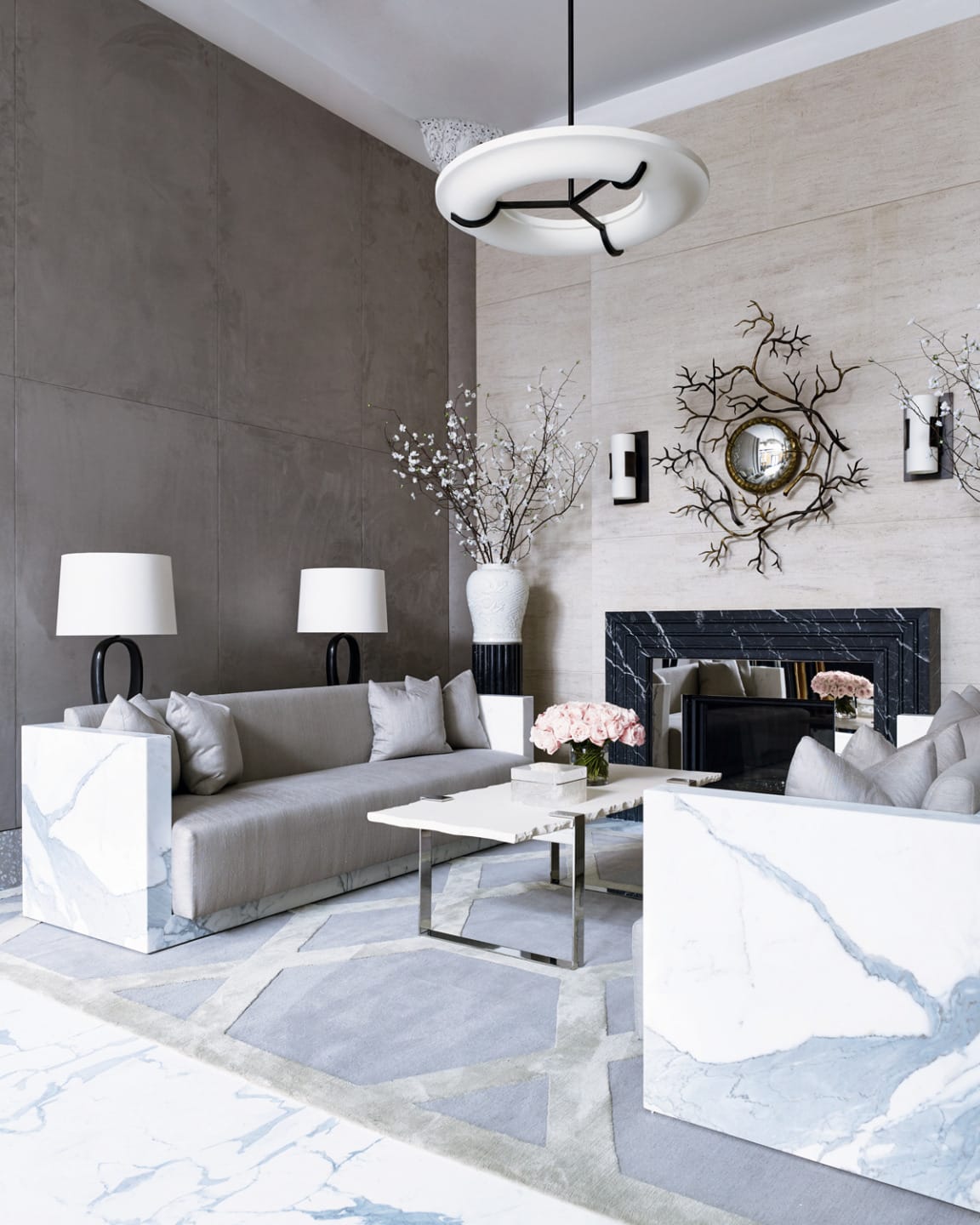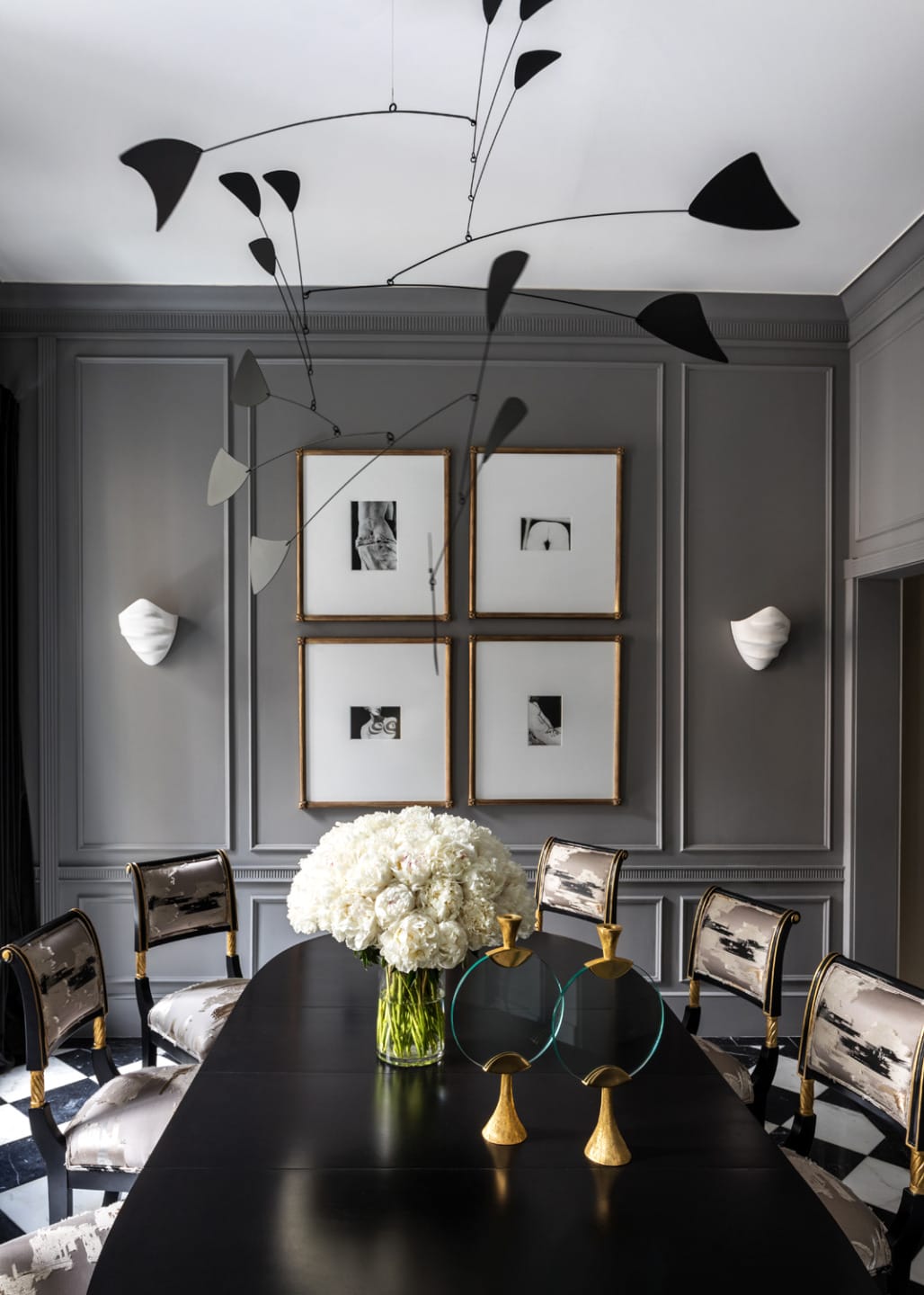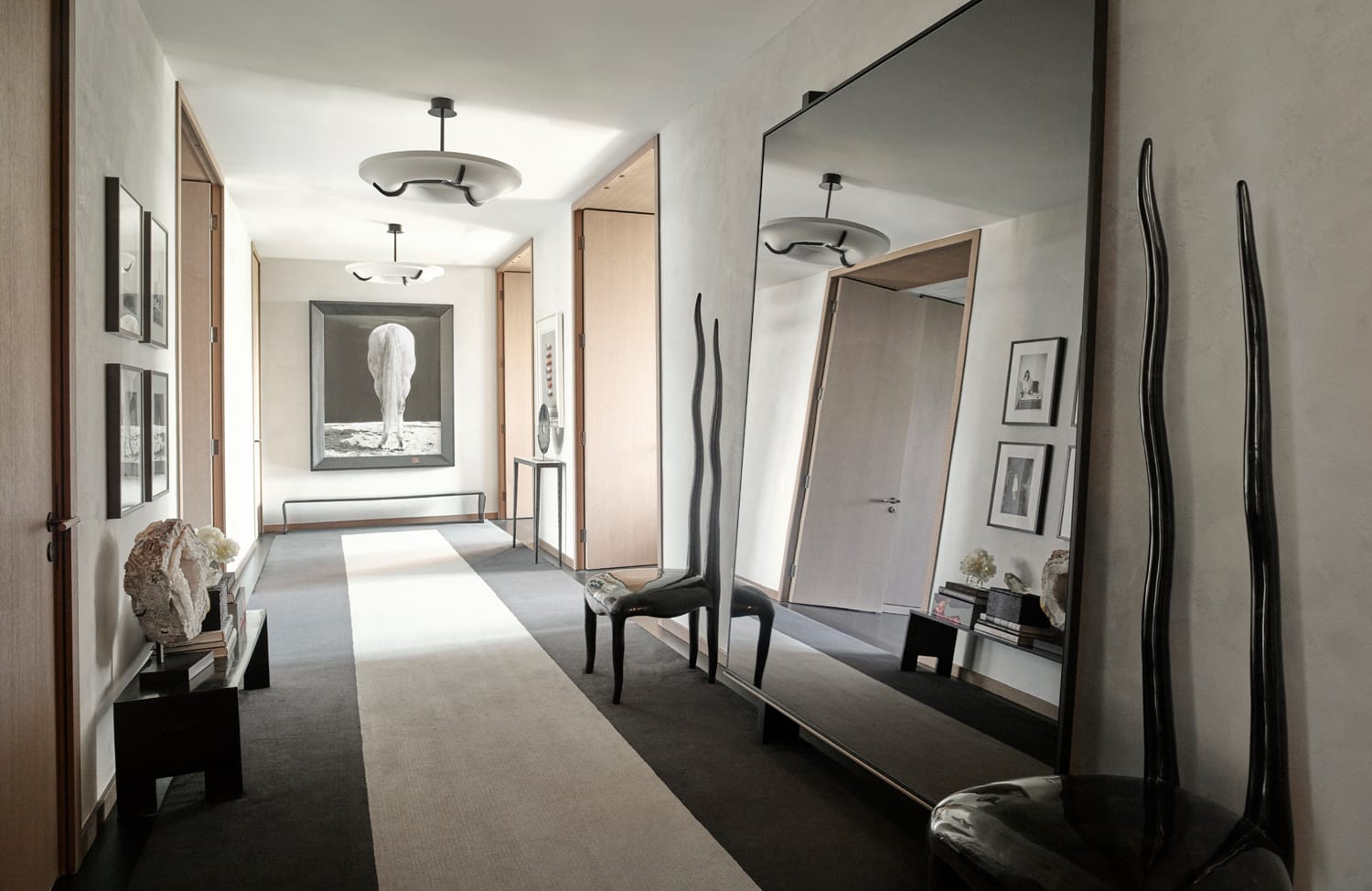Creative Mind: Ryan Korban
This breakout design talent artfully mixes uptown glam with downtown swagger

When it comes to designing spaces that artfully mix uptown glam with downtown swagger, in-the-know brands such as Balenciaga, Altuzarra, and Alexander Wang call Ryan Korban. “When we first opened Alexander Wang’s store on Mercer Street, I really felt like everything in SoHo felt very fleeting, and what I wanted to create was spaces that weren’t going anywhere,” says Korban, who filled the designer’s store with marble and stone elements to contrast the seemingly opened-overnight spaces developed by other contemporary brands.
“Now, I feel like I’m really loving the idea of something that isn’t permanent. That idea of a big build-out seems old fashioned, like it’s reserved for the older, heritage brands. Retail has taken a much more interesting turn with stores being more of a concept.”

This breakout talent is hitting his well-heeled stride, and his stunning monograph released by Rizzoli last fall has the breadth of commercial and residential work to prove it. (His first book, Ryan Korban: Luxury Redefined, was released in 2014.) “I’ve always been drawn to is creating environment,” says Korban. “I think that goes back to not being defined as a decorator, or defined as retail or residential. I always wanted to just create environment, and that could be for one night or five years, or for a home, a showroom, or the brand concept work we’ve done overseas. I love that idea and I’ve been exploring that more.”

Fashion isn’t his only calling card; Korban undertook his first real-estate project, 40 Bleecker, cultivating every detail of the luxury apartments and common areas. “I was doing a lot of work for the Gucci group and a retail roll out for Balenciaga and their North America stores at the time; I really felt like coming off of that I had accomplished retail at the level that I had wanted and it was time to start putting my focus into doing a building,” says Korban.
“40 Bleecker felt like I was doing something in the residential space, but I was still using all of my commercial and retail experience; it the pinnacle of both those worlds colliding, which is why I loved it so much. I wanted to do something where I was able to sell people not necessarily the decoration, but the full vision.”

The real-estate project marks just the latest chapter in Korban’s oeuvre, which is constantly evolving—from creating spaces with a sense of permanence, like Wang’s marble- and stone-filled SoHo boutique, to artfully fabricated pop-ups for Lalique and Barneys New York, which also sells Korban-made products. “If you’re a designer and you have an aesthetic and a point of view, you’re really able to cross over to whatever creative field you want to,” says Korban, whose next challenge includes a 40-piece collection with EJ Victor that will debut at High Point Market in April. “I’m not the kind of designer that loves the process of hunting and finding treasures. I prefer to build things, design things, make things.”

A version of this article first appeared in print in our 2019 Spring Issue under the headline Creative Minds. Subscribe to the magazine.